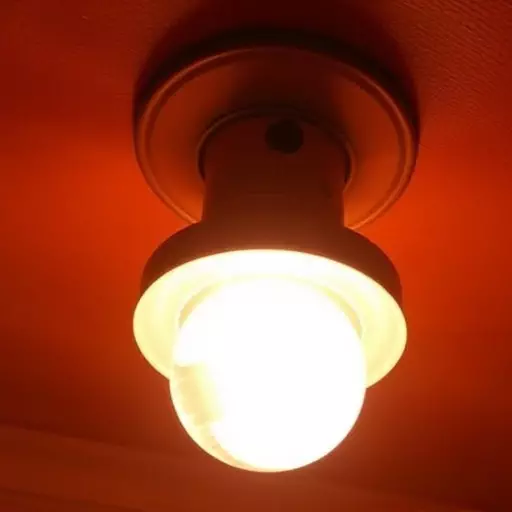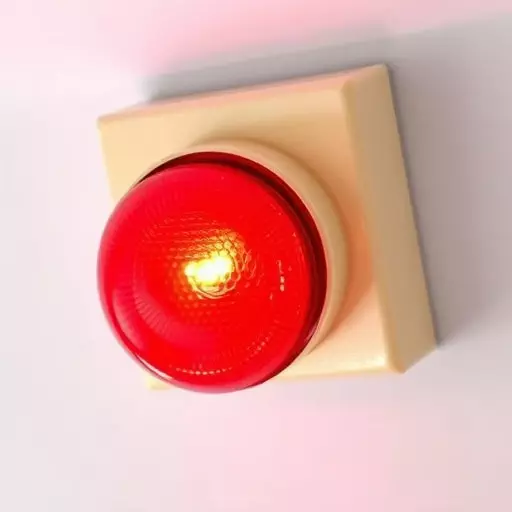Spring Lake residents prioritize safety with reliable emergency lighting despite frequent power outages. Understanding space needs, adhering to replacement guidelines, and performing regular maintenance ensures operational lights for guidance during emergencies. A straightforward replacement process involves identifying models, gathering tools, powering off circuits, testing functionality, and using industry-standard bulbs. Professional services offer peace of mind, while prompt repairs minimize risks, enhance visibility, streamline evacuations, and ultimately save lives.
At Spring Lake, ensuring safety during power outages is paramount. This article guides you through the essential process of portable emergency light replacement, a critical component of your home’s preparedness. We’ll explore the key considerations when selecting replacements, offering step-by-step instructions for the replacement process, and highlighting benefits and best practices to maintain optimal functionality. Discover how regular emergency light replacements can enhance your family’s safety with expert tips from our lighting services.
- Understanding Portable Emergency Light Requirements
- The Process of Replacing Emergency Lights
- Benefits and Best Practices for Regular Replacements
Understanding Portable Emergency Light Requirements
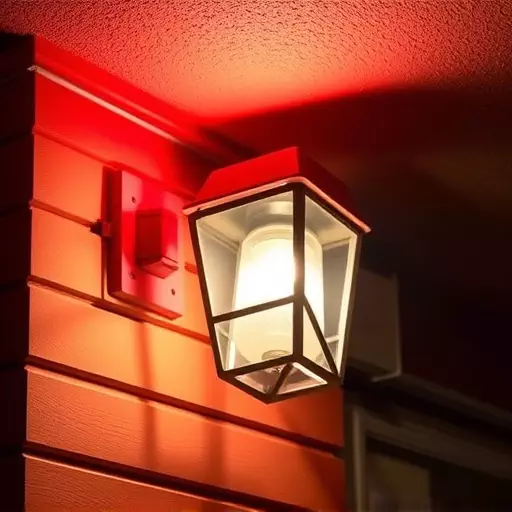
When it comes to emergency lighting, understanding your requirements is paramount. Especially in areas like Spring Lake where unexpected power outages can occur at any time, having reliable and functional emergency lights is crucial for safety and peace of mind. This involves assessing the size and layout of your space to determine the appropriate number and type of portable emergency lights needed.
Emergency light replacement services play a vital role in ensuring these life-saving devices remain operational. Regular maintenance and adherence to emergency light replacement guidelines, such as promptly replacing burnt-out bulbs or damaged fixtures, are essential practices. By staying proactive, Spring Lake residents can guarantee that their emergency lighting systems are always ready to illuminate the way during any unforeseen emergencies.
The Process of Replacing Emergency Lights
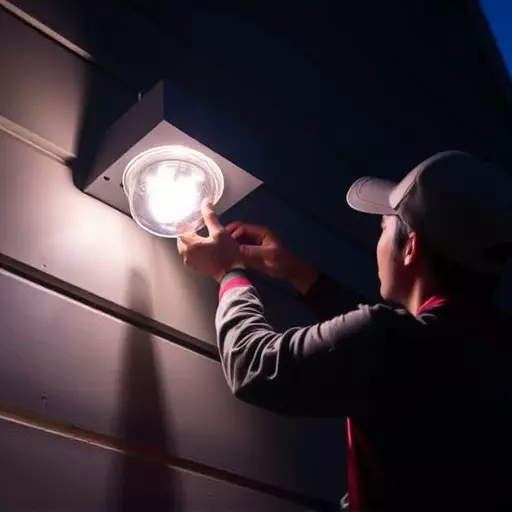
Replacing an emergency light involves a few simple yet crucial steps. First, locate and identify the specific model of your emergency light. This is important as different models may have unique replacement processes or parts. Once identified, gather the necessary tools, which typically include a screwdriver, new bulbs (ensure they’re compatible with your model), and possibly a ladder if the light is mounted high.
Next, turn off the power supply to the light, often done at a circuit breaker box. Safety is paramount, so always prioritize de-energizing the light before beginning work. Then, carefully remove the existing light from its housing. This might involve unscrewing a base or sliding it out, depending on the design. Replace the old bulb with the new one, ensuring proper alignment and secure attachment. Finally, reinsert the light into its housing, test it to confirm functionality, and reset the power supply. Following these emergency light replacement guidelines ensures a smooth process and keeps your home or business safe in case of an actual emergency. Remember that professional emergency light replacement services are always available for more complex cases or for added peace of mind.
Benefits and Best Practices for Regular Replacements
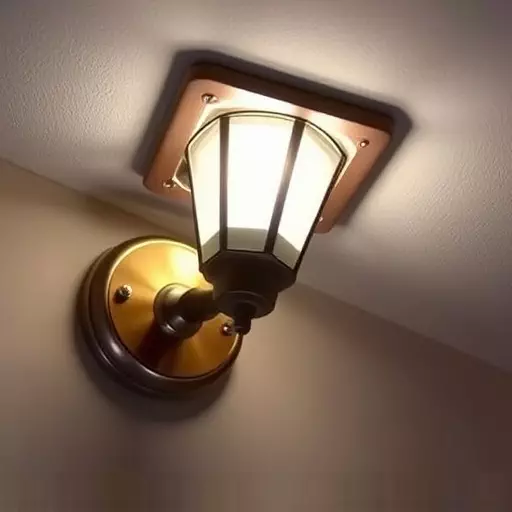
Regular emergency light replacement is a crucial aspect of maintaining safety and reliability in any facility. In Spring Lake, emergency light replacement services are essential to ensure these critical lighting systems function optimally during power outages or emergencies. By following proper guidelines, businesses and property owners can maximize the benefits of regular replacements.
Best practices include scheduling routine inspections to identify any faulty or outdated lights, staying updated with local fire safety regulations, and choosing high-quality replacement bulbs that meet industry standards. Promptly replacing damaged or non-functional emergency lights not only enhances visibility during crises but also contributes to a smoother evacuation process, thus saving lives and minimizing potential risks.
